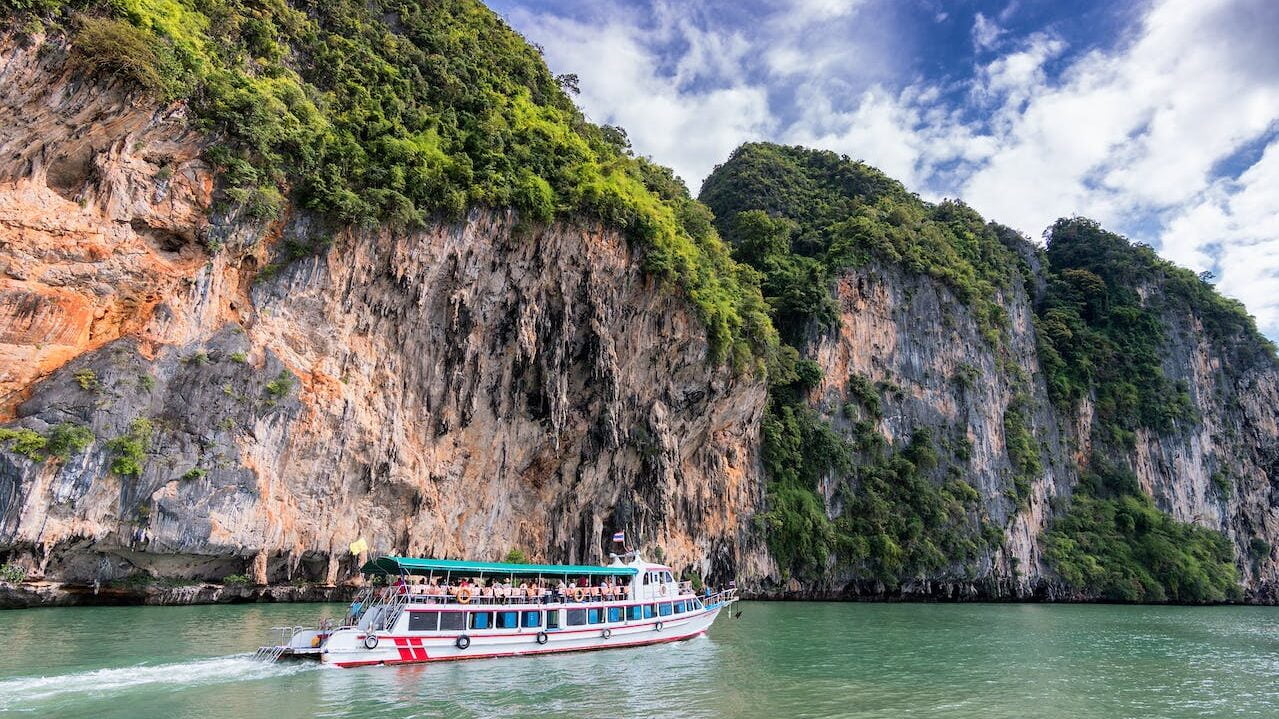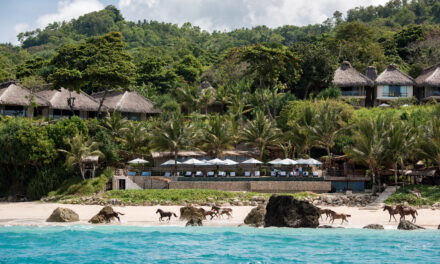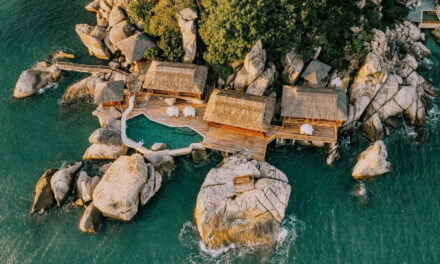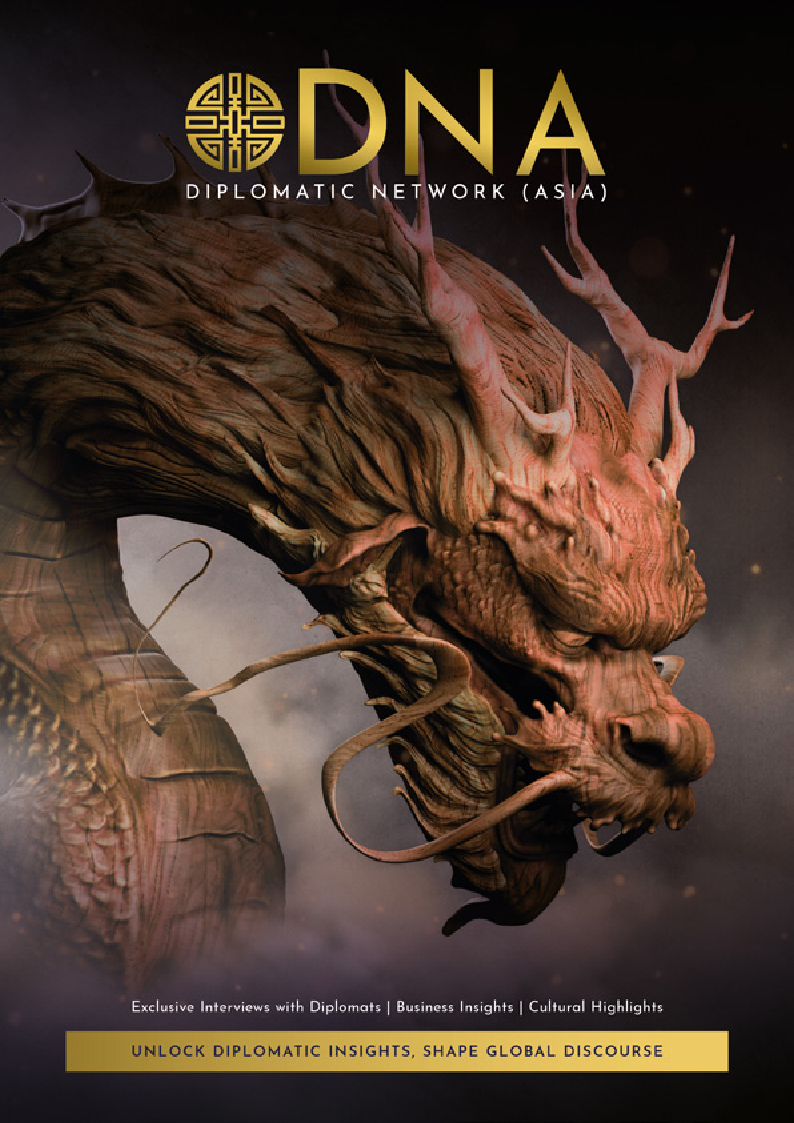As the Asia-Pacific’s horizon swells with incoming visitors, Pacific Asia Travel Association has appointed a new chief executive officer, Malaysian-born Noor Ahmad Hamid.
Hamid, who took on the post at the beginning of October, takes the helm of PATA at a watershed moment for the region.
PATA is a non-profit travel trade association which serves as a platform for collaboration between public and private sectors in the travel industry. It aims to address challenges, share information, and foster sustainable growth in the tourism sector.
Some of PATA’s members include guest house company AirBnB, financial services provider Mastercard and travel guidance platform TripAdvisor.
The Asia-Pacific region’s tourism industry is rebounding at a meteoric rate, with both regional and international demand set to rise over the next few years. This will stretch resources and infrastructure at tourism hotspots.
Meanwhile, artificial intelligence poses opportunities to make travelling more efficient and improve the experience of travellers.
PATA will have to manage these counter currents all while making sure that the benefits of the industry are felt across nations and the region. In navigating these dynamic counter currents, PATA will be aiming to ensure that the positive impacts of the industry extend equitably across nations and the broader region.
Diplomatic Network (Asia) spoke to Hamid about the nuances of the industry’s fluctuating trends, what responsible tourism looks like, and how the integration of new technology is not an option industry but a necessity for industry leaders.


What does responsible tourism and travel look like to you personally in the region?
Responsible travel and tourism mean “travelling without causing any negative social, economic or environmental impacts on the places you visit”. Over the years, the supplier side (National Tourism Organizations (NTOs), hotels, inbound travel operators, travel agents, etc.) has been very committed to ensuring that sustainability is on top of their agenda. However, it is becoming very difficult for the industry to cope with high demand and its effects on local communities and the environment. Therefore, it is important for the clients or the customer side to also be aware of their responsibilities as travellers or tourists. They certainly can play a major role in responsible and sustainable tourism by being respectful of local cultures and consuming without affecting the local environment, in addition to many other activities, be it small or major, that can have a positive social, economic, or environmental. In fact, many destinations have launched awareness programmes aimed at travellers so that they can collectively play their part in being responsible. An example of such a programme is the ‘Travel for Life’ initiative of the Ministry of Tourism, Government of India. This initiative urges travellers to participate in reducing, reusing, and recycling during their travels. In this regard, PATA is examining how to adapt the ‘Travel for Life’ concept for the Asia Pacific region – particularly targeting the travellers themselves.
How do you plan on building on the 72-year legacy of PATA?
As an established international association with a dynamic 72-year history, we must return our attention to our core purpose and goals. Therefore, our focus going forward will be to continue to serve our members, maintain our focus on the Asia Pacific region (including the South Pacific), and, most importantly, provide a voice for the Asia Pacific region. This will be conveyed in our member engagements, activities, and advocacy for the growth and advancement of PATA and its stakeholders.

With international visitor arrivals forecast to increase quite sharply over the next couple years in the APAC region, what challenges do you think the region will face? How can it prepare to take on the incoming influx of visitors?
As demand for travel is surging, flight connectivity is strongly improving, and destination product development is being enhanced, we predict that travel to, from and within the Asia Pacific region will continue to grow exponentially. The biggest opportunity for the region is to be self-sustained. As the population of Asia Pacific surges to more than 4 billion and gross domestic product for the region is improving, Asia Pacific can be a strong source market for itself. However, the key challenge for tourism in the region is that many destinations are not yet fully developed, while some countries are unable to divert tourist arrivals to other secondary and tertiary destinations to ease over-tourism and ensure the economic benefits of travel and tourism are shared by all. The impact of social media and, especially, user-generated content cannot be taken lightly. Demand can be created and expanded quickly over a short period of time or even overnight, and destinations are often unable to cope with such changes. One of the solutions, perhaps, is for local governments to learn from other destinations that have been able to cope with a high influx of visitors. For example, some destinations have been refocusing on specific target markets such as luxury travel instead of the mass tourism market.

How do you think the rapid development of technology is going to change tourism and travel?
Digitalisation in travel and even the implementation of artificial intelligence in travel is not optional but required. Leveraging technology is vital to manage the ever-increasing number of arrivals, and the adoption of artificial intelligence could lead to new solutions, while simultaneously enhancing the travel experience. The best example of technology adoption in the travel and tourism industry is the shift from manual immigration services to smart technology, which simplifies travel entry and crowd management in a progressive way. Therefore, travel will be even more conducive and more seamless when every stage of the travel touch point is innovatively powered by technology. In many ways, this will help destinations and suppliers capture important data regarding customers spending and experience patterns.






